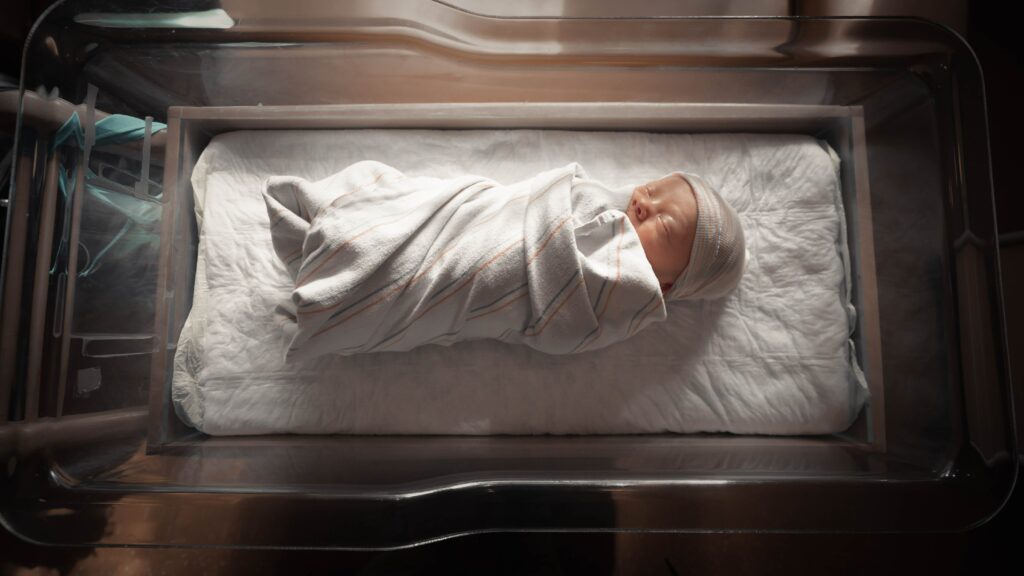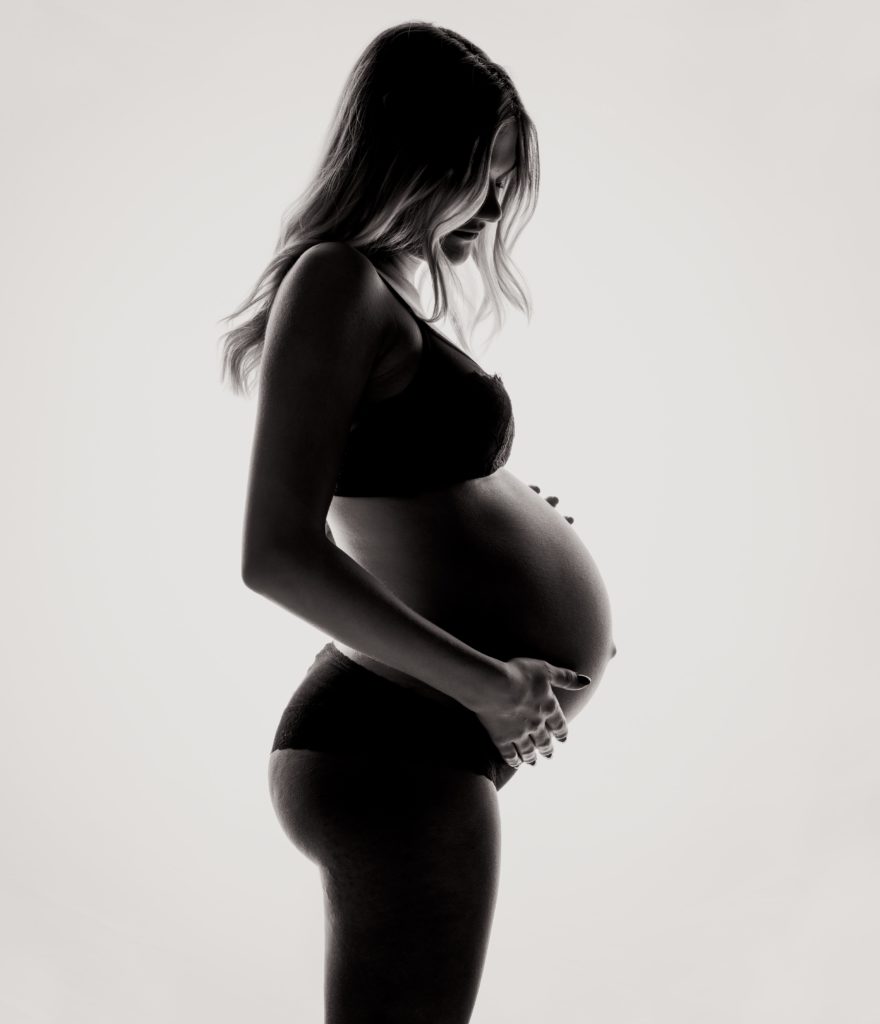Understanding Diastasis Recti

Abdominal separation is inevitable in pregnancy. Your abs stretch, lengthen, and inevitably split to make way for a growing uterus and baby. As women, we dread it, but it’s a good thing – meaning your baby is growing as it should. While it can be positive, it’s often very troublesome in life as a postpartum woman. Below is the 101 on DR to understand it, identify it, and then be confident in how to treat it.
What is Diastasis Recti?
Diastasis is the result of abdominal muscle connective tissue stretching and weakening at the midline caused by excessive intra-abdominal pressure. The left and the right sides of the abdominal wall look and feel separated, spongey, and there is a loss of control. It’s COMMON in postpartum woman, 2 in 3 of women have it after giving birth.
Get this – poor alignment and posture, as well as “traditional” ab (flexion) exercises, make DR even worse so proper rehabilitation is CRUCIAL to healing.
How to Evaluate Diastasis Recti
- Lie on your back, knees bent, and feet flat, like you would a glute bridge
- Place your right fingertips right above your belly button, at the top of your abdominal wall
- Press down while lifting your head, neck, and shoulders off the floor
- Your muscles will close around your fingers, allowing you to identify how many finger widths your separation is
The width of the gap is essential, but so is the texture of your muscle tissue. If your gap is 1.5 finger widths or wider, spongey, soft, and gives a “sinking” feeling your separation should be evaluated by a professional. If your gap is 1.5-2 finger widths or wider but FIRM your diastasis could technically be healed.
Regardless of the situation, you should not experience any tenting, doming, or coning when you perform planks, push-ups, flexion or traditional ab drills, or functional movements like getting out of bed or off the couch.
DR doesn’t just have aesthetic complications, it can signify a more significant problem with your pelvic floor health, incontinence, or prolapse so do NOT ignore symptoms or a self-evaluation. Read THIS post for how to start your rehab and THIS post for how to address your concerns with your doctor.







Responses